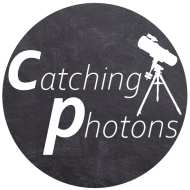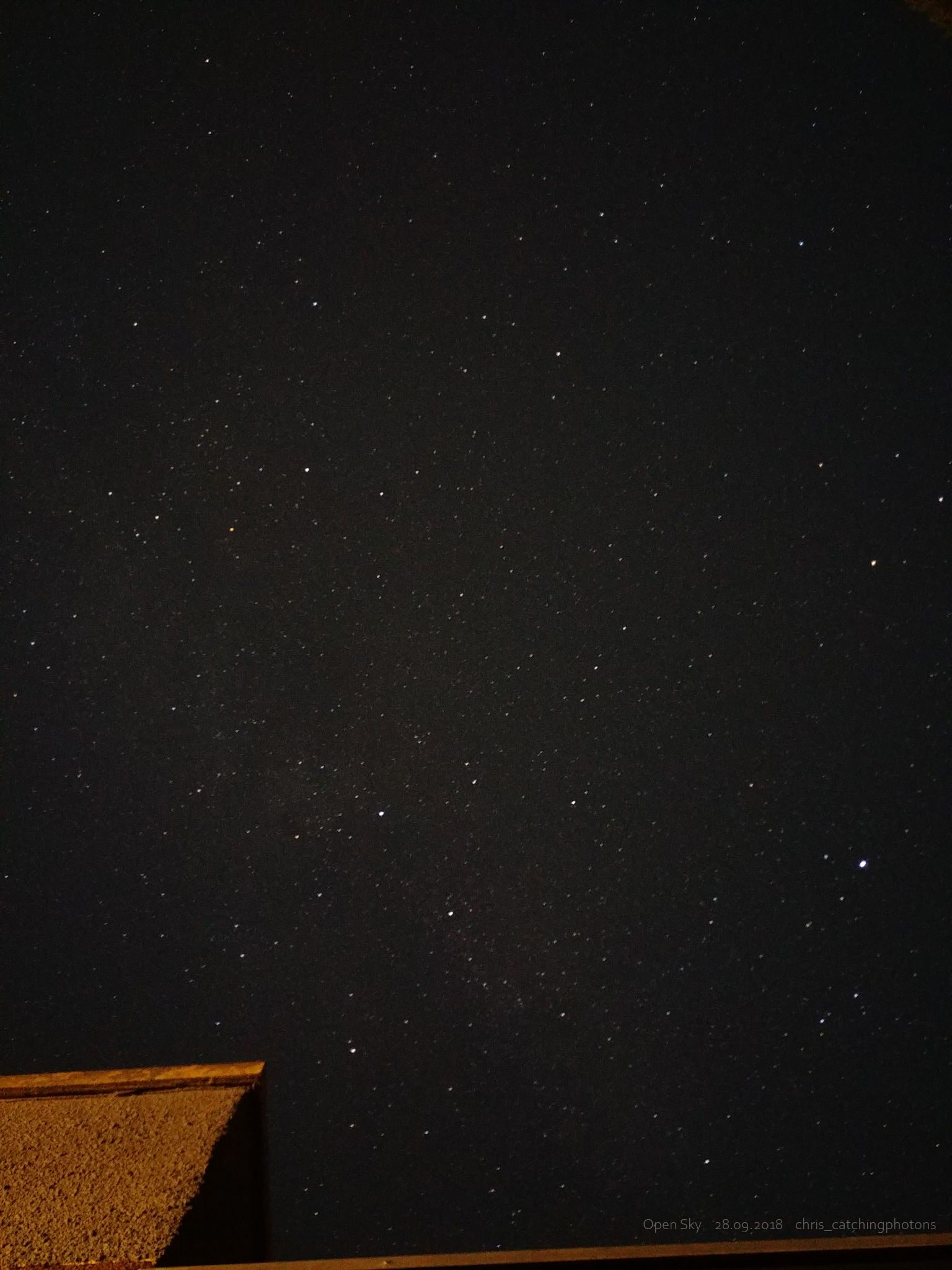28.09.2018
New aspect:
My first conscious night under a real dark sky
Bortle scale and dark skies:
In northern Germany there are a few dark sky locations where population density is low enough. I spend a few days with my family in a holiday resort in exactly on of those dark spots. Before that occasion I never had appreciated a real dark sky from an astronomer perspective. But this time everything was different. There was a huge difference! I mean: nights are dark. But it’s a big difference between a dark night near a city and a really dark night. This was, when I googled the Bortle scale. This scale gives you an idea, what your sky is like at night. It takes different aspects your can observe under account. Things like cloud illumination or domes of light at the horizon, visible DSOs. From this list, my home sky is Bortle 6. The sky at my holiday apartment was more like Bortle 3. And that makes already a huge (!) difference.
One day, I was in Australia with my beloved family. At the northern end of Australia we stayed in a place called “Cape Tribulation”. It’s a small village in the jungle at the water side. One moonless night we went to the beach (Crocodiles!). The Bortle scale has that sentence: “the Scorpius and Sagittarius regions of the Milky Way cast obvious shadows”. If you are ever lucky enough to see a sky like Bortle 1-2: That’s just perfect! It will change your view on street lights and light pollution for ever.
Acquisition:
The images below are taken with my G4 Smartphone on f1.8 with 20 seconds of exposure time and ISO 800. No stacking was needed. These are single shot images. It was amazing, how many stars you can see with just one exposure.
The next image is from 04.10.2018. It gives you a rough estimation what Bortle 6 means. It’s a one shot image with 30’ exposure time at ISO 800. The sky is reddish and glows near the horizon (this is the direction of the town). You can see brighter stars and the Pleiades are visible. But the brighter the (background) sky gets, the brighter the observed objects need to be in order to differ them from the background. A bright sky makes the observation of DSOs nearly impossible or requires the use of narrowband filters.
Clear skies everyone!
Greetings,
Chris




